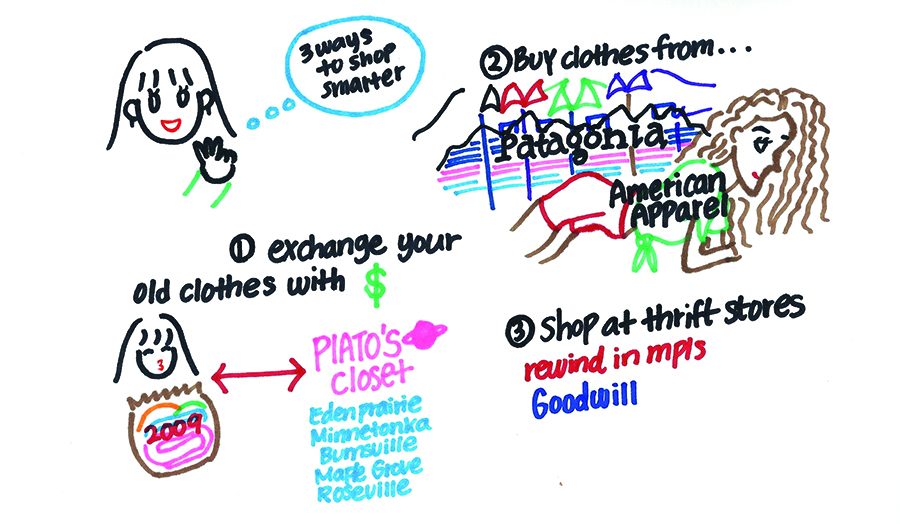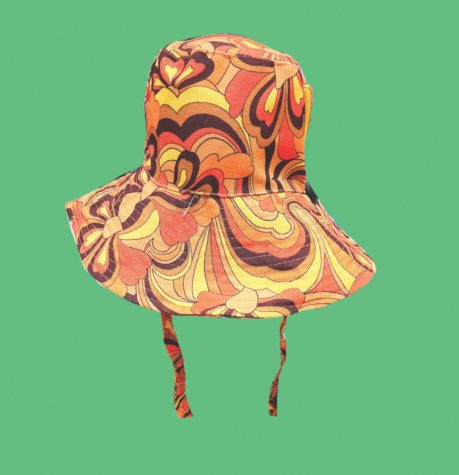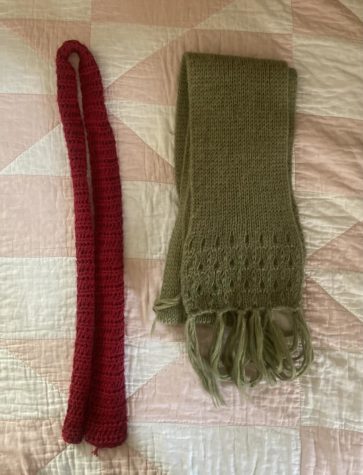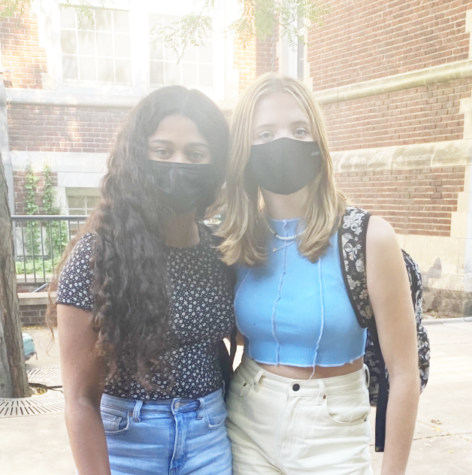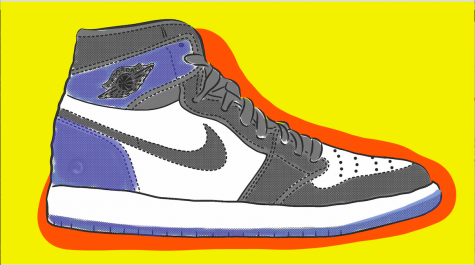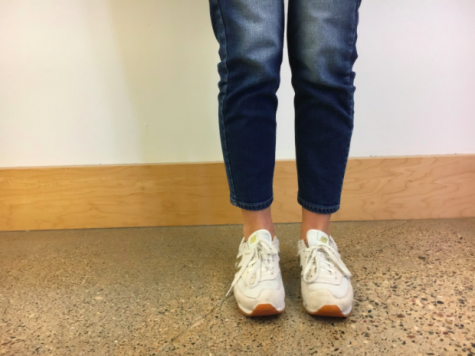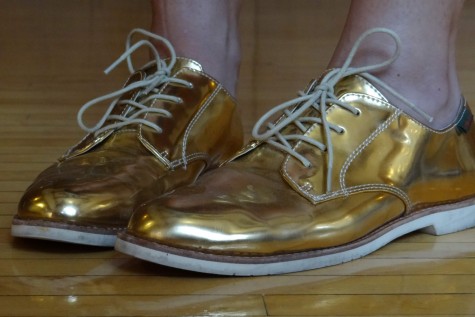Sustainable Fashion
Conscious consumerism could resolve environmental issues
Here are three ways to support sustainable fashion: thrift shopping in local shops, research to purchase ethical brands, and earn money by reselling old clothing.
Zara , H&M, Forever 21, Gap, Free People, these brands use unethical and unsustainable manufacturing systems, abuse their employees, pay them a minimum wage of $3.00 a day, and force them to work in poor conditions all day long.
It’s the responsibility of consumers to start changing the dangerous system that the fashion industry abides to. Patagonia and American Apparel are well-known brands that uses environmental ethics in their merchandise. Patagonia was one of the first companies to use recycled materials and organic cotton.
For example, pesticides used on most cotton can lead to cancer and earlier deaths. By using organic cotton, it lessened the burden on laborers out in the fields. In addition, Patagonia is expanding its commitment to labor ethics and Fair Trade Certified factories in India, Sri Lanka, and Los Angeles. Another notable brand is American Apparel. American Apparel pays their workers above minimum wage and makes their clothing in the states.
The Reformation, Noctu, Nisolo, Fibre Athletics, and Kuyichi, only to name a few, are examples of companies founded on the idea that socially responsible work conditions and environmental considerations aren’t just trends, but a way of the future. The clothing from these companies ranges between $20 to $100.
Ranked as the second largest producer of waste in the world, the fashion industry contributes to global warming. Consequently, sustainable fashion companies will become popular as more consumers begin to hear about the negative impacts of unethical fashion brands.
To limit the exploitation that occurs between stages of manufacturing, Kuyichi is a clothing brand that works directly with Peruvian farmers who supply their organic cotton. The companies also encourage the farmers to become shareholders. Kuyichi is involved in the profits so that their consumers know who produces the cotton that makes up the merchandise sold.
While some students enjoy thrift shopping, a sustainable way to recycle old clothing, the majority prefer to buy cheap, popular, trendy clothing lines that are unsustainable.
Sarah Strand ‘16 says she used to shop at ASOS, however after looking into where and how they produce their merchandise, she decided to stick to thrift shopping.
Katerina Papanikolopolous ‘17 says that most of the clothing in her closet was found at a thrift store. Although frequently consuming new merchandise isn’t healthy for the environment, a large thrift shopping consumer won’t contribute to negative impacts caused by purchasing since it’s second-hand clothing.
By changing the way people consume clothing, the fashion industry can and will change for the better.

Anneliese is currently an Editor Emeritus. She has been an editor since the fall of her Sophomore year. Previously, Anneliese was the editor of Front...

